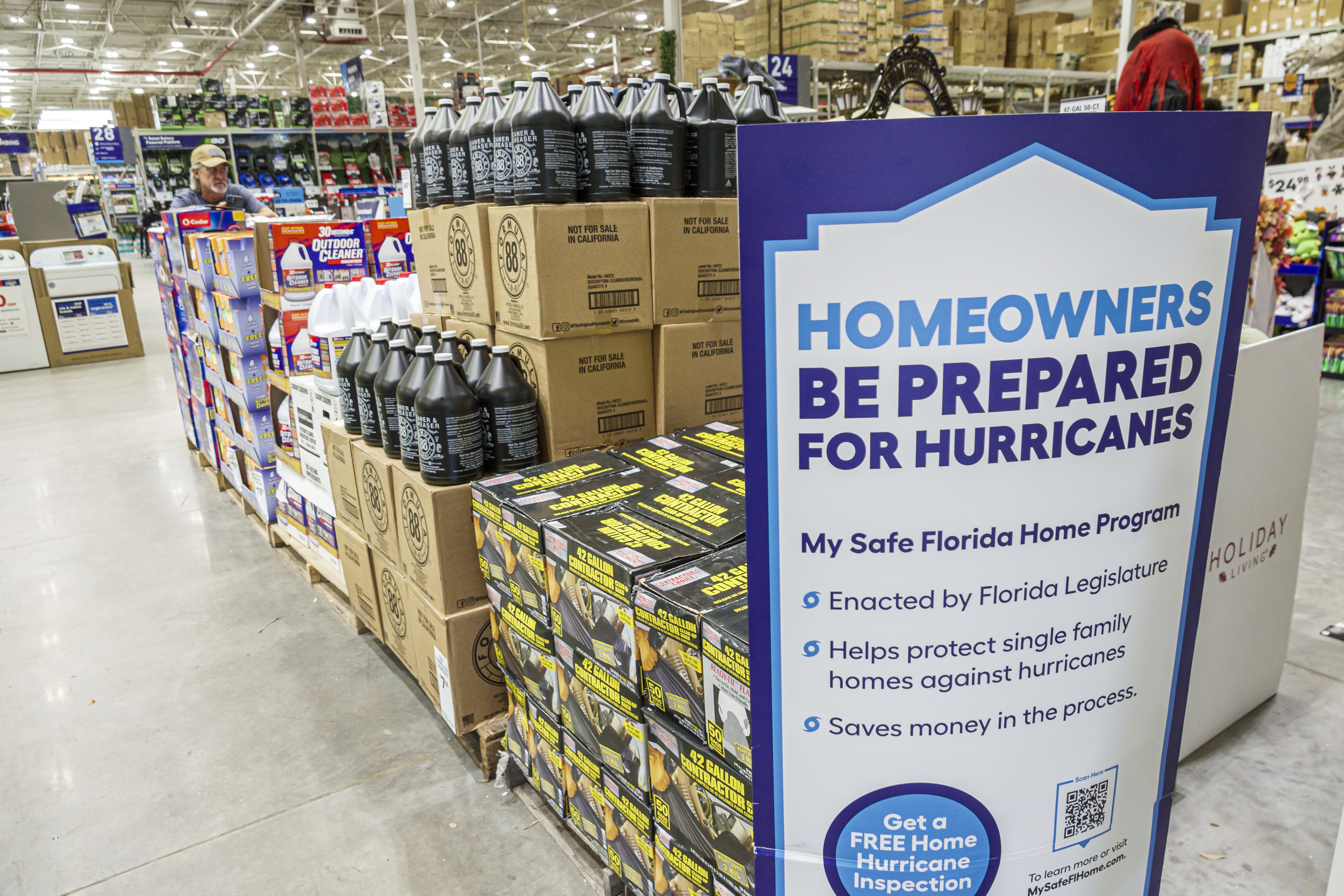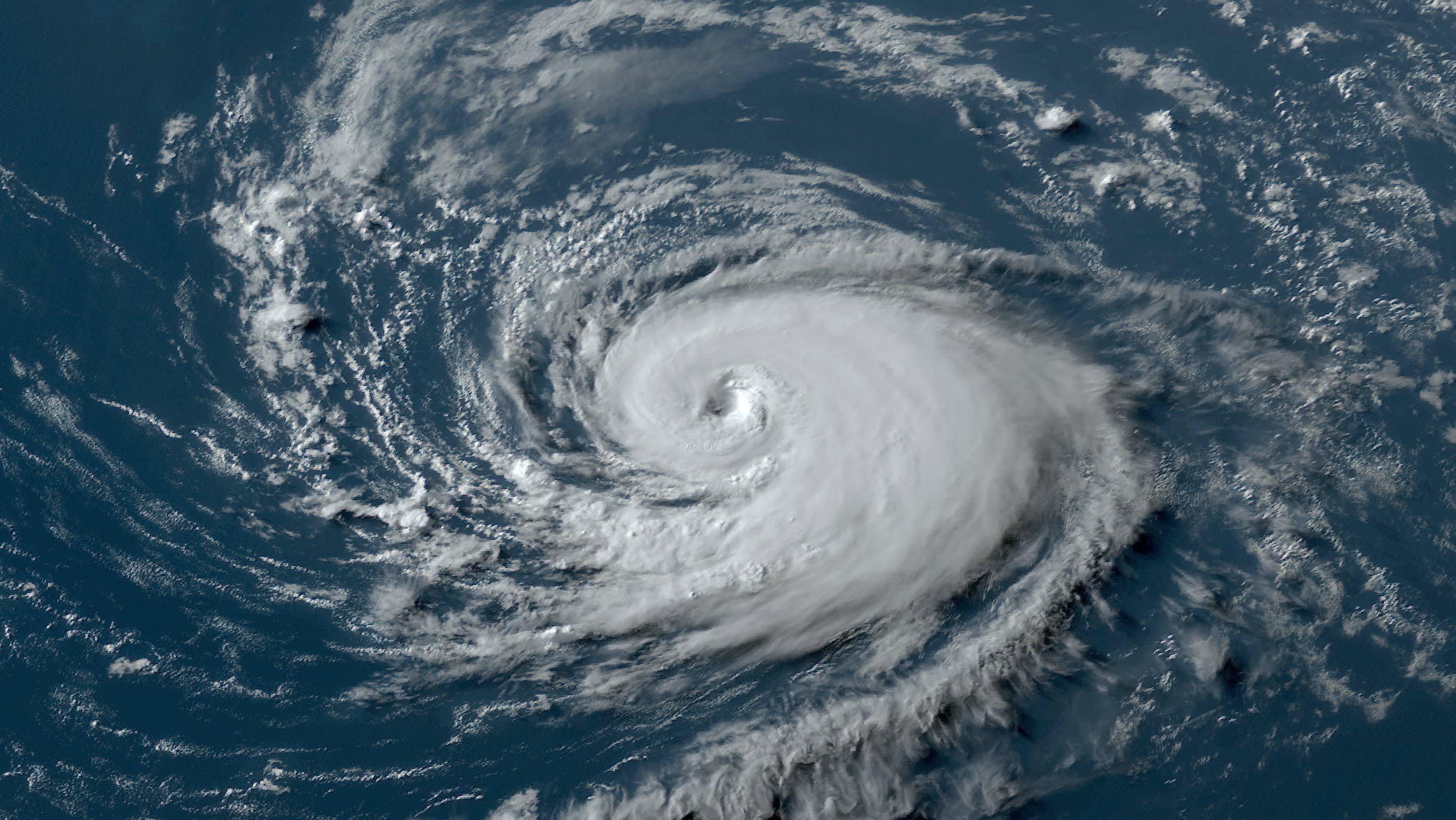We consistently talk about the Saharan dust during hurricane season, but do you really know what it is and what it does? You may be surprised at its many impacts.
Dr. Kirt Knobelspiesse, a NASA research oceanographer, says it’s been difficult to fully understand the impacts of Saharan dust due to the lack of measurements in the past.
But thanks to the PACE satellite launched by NASA in February, with the objective of getting more data on plankton aerosol, clouds and the ocean ecosystem, we may soon have more detailed information.
”So with PACE, we've specifically designed sensors that will be very good at measuring particulate matter, aerosols, such as dust and clouds," Knobelspiesse said. "And so we'll have the ability to better understand that relationship and understand the role that dust might play in hurricanes. It's still quite uncertain.”
The Hurricane season is on. Our meteorologists are ready. Sign up for the NBC 6 Weather newsletter to get the latest forecast in your inbox.
What most do know is that as the thickest of plumes arrives in our sky, it can create apocalyptic horizons, like the one seen in South Florida in July 2023. And we've seen Saharan dust play a role in limiting tropical development.
But how?
HURRICANE SEASON
What is Saharan dust and what is its role in hurricane season?
Saharan dust is exactly that--dust from the Sahara Desert, a particulate matter that moves across the Atlantic waters typically June through August.
Just south of the desert, in the Sahel, is where the monsoon season begins and creates thunderstorms. Those storms either move into the Atlantic or fall apart. As they fall apart, outflow wind rushes out of the storms and into the desert, picking up the dust and sending it into the atmosphere. Once that happens, upper level trade winds can then pick it up and carry it all across the Atlantic basin.
"You can see that dust traveling very long distances. [It] makes it to the Caribbean, it makes it to the Amazon basin. That dust interacts with cloud formation,” Knobelspiesse said.
When there’s an abundance of dust, it makes it harder for tropical waves to strengthen. On the contrary, if a hurricane has already developed and moves into an environment with dust, the dust will start to weaken the storm as the dry air gets wrapped into the system.
Saharan dust can also affect any environment it moves into.
When the dust moves in, it creates a cap in the atmosphere, so the humid air that typically rises for daily afternoon storms in the summer can’t do that. The dust acts like a lid, and storms struggle to form.
The dust can also reflect sunlight and keep the air below it a few degrees cooler. If there is consistent and thick dust over the Atlantic waters, the surface temperature of the ocean can actually be impacted and cool.
Other impacts of Saharan dust
Saharan dust isn't just an important factor during hurricane season. It also impacts the ecosystem in a unique way.
“Once it settles down, it's also a fertilizer. It fertilizes growth of phytoplankton in the oceans. I believe it also fertilizes the Amazon basin and change the sort of things that are living there," Knobelspiesse said. "So these are sort of amazing kind of connections between what's happening in a desert in one part of the world to a very different environment in other parts of the world, and you can see it with satellites.”
And when it’s in our sky, it can create a picturesque landscape for sunrises and sunsets, while simultaneously triggering some discomfort for those with upper respiratory sensitivity.




